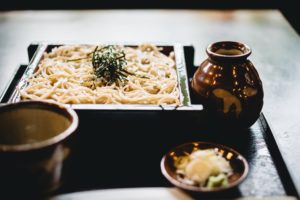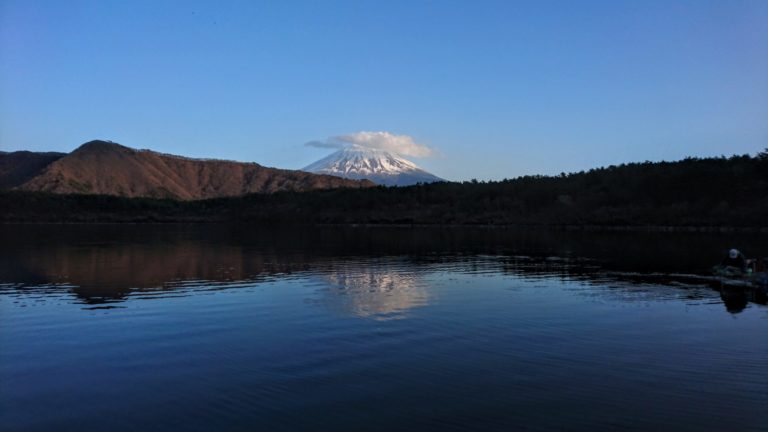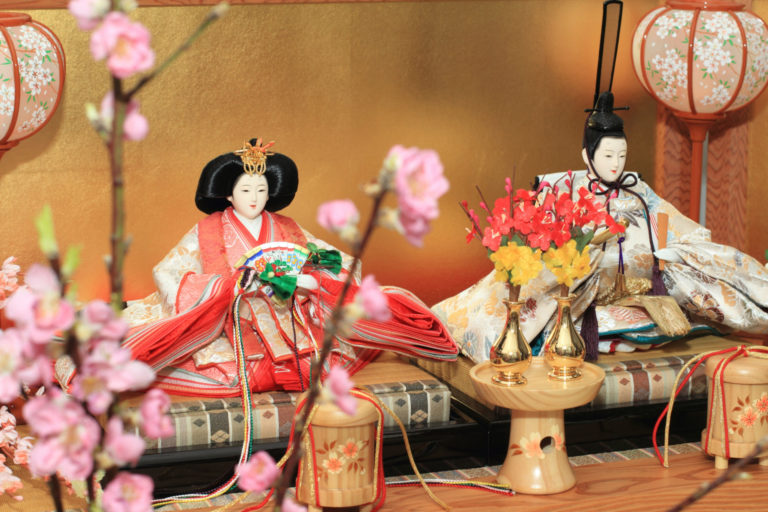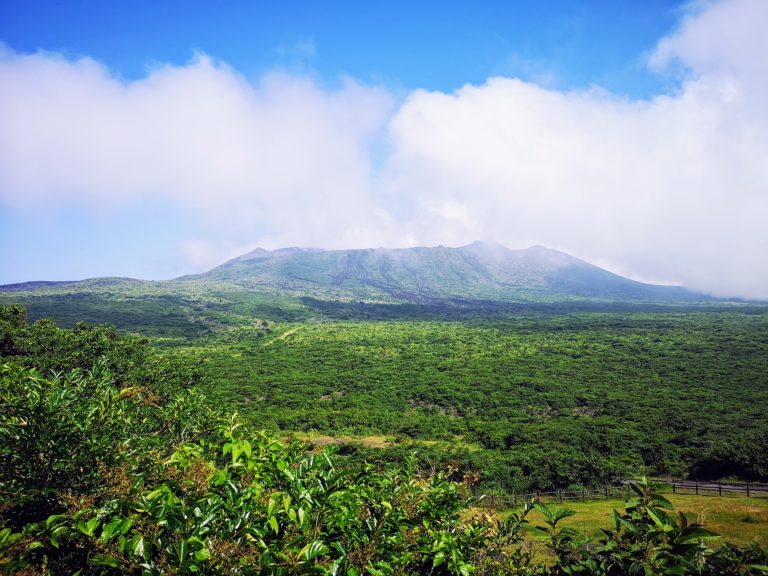I am not vegetarian myself but just recently a vegetarian friend visited me in Japan – putting me before a big problem. Where would we eat?
Because, here is the thing – Japan is not exactly vegetarian friendly at the first glance. Japanese cuisine today is all about balance of different types of ingredients. On top of this Japan’s fish and beef are world famous for their taste and quality. Often, even if a dish looks vegetarian, it might have meat or fish ingredients in the form of sauces for example.
This being said – while it requires some knowledge and attention to eat vegetarian food in Japan, it is far from impossible. Here are some tips, on how to ensure you get the best of the culinary experience, and don’t compromise on your values.
Soba Noodles

Soba are long and thin noodles made from a mixed flour of both wheat and buckwheat, sing between 30% to 100% of the later. Traditionally handmade and hand cut, Soba making is an art form, like so many Japanese culinary achievements. With many years of experience the Chef is able to balance the temperature of the room, the humidity in the air with just how much water and what content of buckwheat flour he will use, for the perfect taste experience.
They can be enjoyed hot, in a soup, in winter and cold with a dipping sauce called “Tsuyu” in summer. Tsuyu is made by mixing Soy Sauce, Mirin and sugar. Lowest in calories among all Japanase noodles – Soba can have as little as 113 calories – they are a great choice for a light meal. Soba come in many variations and while you don’t need to worry about the noodles, the side dishes and the sauce could include non-vegetarian ingredients.
A few safe choices are:
- Zaru Soba – cold Soba noodles, often garnished with thin stripes of Nori seaweed and Tsuyu for dipping
- Kake Soba – hot Soba noodles in a broth made from Tsuyu
- Tororo Soba – Tororo stands for a white, sticky sauce made from grated Nagaimo, also known as Chinese Yam. It is usually poured over the Soba like as dressing

Possibly not vegetarian…
- Sansai Soba – My personal favorite! Hot Soba noodles seved with mountain vegetables, like bamboo shoots. It is best to be enjoyed in spring, when the vegetables are fresh. However thanks to pickling Sansai Soba can be enjoyed all year long. However the vegetables are often cooked in “dashi” (Fish stock) and the serving can include Fishcake.
- Kitsune Soba – hot Soba Noodles served with thin fried Tofu called “Aburaage” and often times Fishcake.
- Tanuki Soba – hot Soba noodles served with leftover fried flakes of tempura batter called Tenkasu. Be careful with this option, as the same oil can be used for frying vegetable and fish or shrimp tempura.
- Tempura Soba -it comes both hot and cold with an assortment of Tempura on the side. More often then not it also includes fish and shrimp. While it is possible to ask for a serving without those, all Tempura will be fried in the same oil.
All this being said, Soba tastes great, is a light and refreshing meal and especially nice on a hot day, served ice chilled with fresh spring onion and Tsuyu. So go ahead, try it and fall in love with it – like I did.




